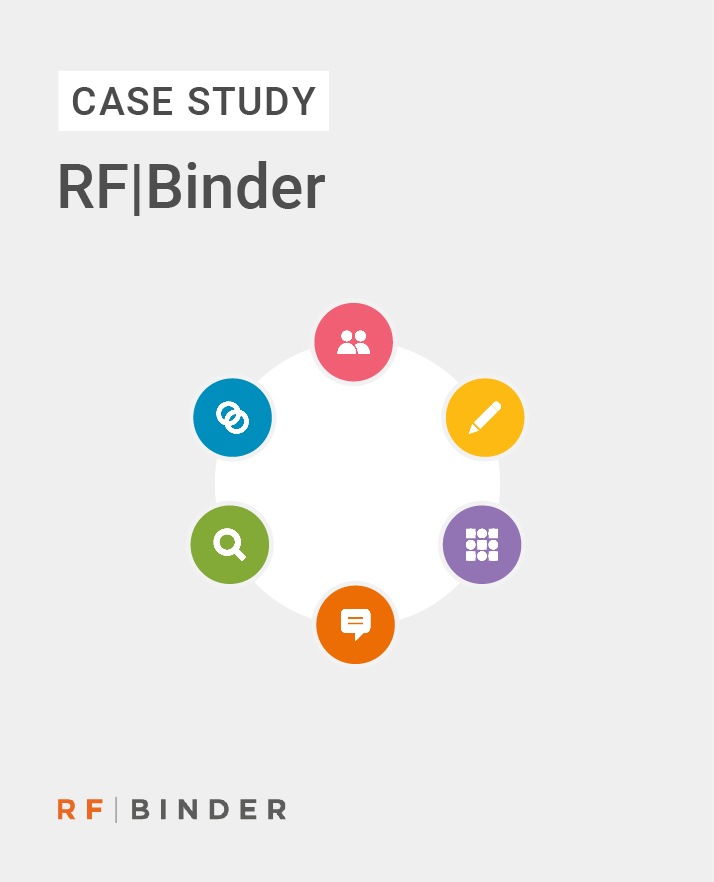10 Social Listening Tools and Who They’re Best for
By BrandwatchJul 14
Join us and boost your social media potential with our data-led event
Published September 26th 2018
A good value proposition is the answer to the question ‘why should I buy from you and not one of your cheaper competitors?’
How well you answer that question in one line determines how much impact you will have on prospective customers and your site’s conversion rate. A well crafted unique value proposition is pivotal.
When challenged with the task of coming up with a strong value proposition for their brand, most executives tend to concoct a verbose blend of ambiguous words that have little meaning to the end consumer who’s just looking for a solution to a problem.
Words and phrases like “leveraging precision and proficiency to deliver excellence” might win you points in a spelling bee, but not with busy consumers who need quick solutions to real problems.
Instead, companies need value propositions that customers can easily connect with. Customers respond positively to a value proposition that addresses their problems and promises practical solutions. The best way to do this is by using the very words that customers use when looking for those solutions. That’s where harnessing the voice of the customer comes to the rescue.
You probably know the key problems your product aims to solve, but do you know the exact pain points that the consumers are most concerned with and the words they use to describe them? Let us consider an example:
Let’s say you’ve built a mobile payment solution that:
As a rule of thumb, a value proposition must be short and succinct – something that people can easily remember and instantly associate with. So, clearly, you can’t include all the above features in yours. Even if you could, which one would you highlight the most? How do you know which of the above would make you an instant hit with the audience?
Listening to your target customer can help you find their biggest pet-peeves.
The trick is to isolate your target market and find out what frustrates them most about the other payment services available, or the one quality they desire most. Maybe most other services are fast and safe but aren’t accepted by the stores your target customer frequents. Unlocking that one thing that works for your audience will help you strike the perfect chord.
There are a few ways you can check the pulse on your customers’ wants and needs. Here we’ll discuss surveys and social listening.
To make surveys most effective, frame them in a way that uncovers maximum insights in the least questions – that’ll save everyone time.
To conduct surveys, you first need a good survey tool. Hotjar, SurveyMonkey, Typeform and SurveyGizmo are the popular options. Next, you need to get the survey in front of your customers and prospective customers – it might be worth offering an incentive or a prize to encourage the most responses.
Once you’ve got your answers, you can find common themes to explore further and incorporate into your value proposition.
The problem with surveys is that the questions can prompt specific answers and by nature of asking people to do your survey you’re taking them out of what was before their ‘natural environment’. This is where social listening can add to your survey-sourced insights or even replace them.
Social media is often the first place people go to vent their frustrations and it’s a great way to pick up consumer insights by looking at their verbatim feedback.
Take the time to read these comments and tweets around your own products and services as well as those directed at your competitors. Using an analysis tool like Brandwatch Analytics you’ll be able to find keywords and patterns in people’s complaints and wishes.
Do they want better customer service? Are the existing products lacking in something – durability, strength, variety? Watch for the signs of a persistent, unsolved problem that your product can help with and directly address it in your value proposition.
Offering up analysis and data on everything from the events of the day to the latest consumer trends. Subscribe to keep your finger on the world’s pulse.

Existing customer?Log in to access your existing Falcon products and data via the login menu on the top right of the page.New customer?You'll find the former Falcon products under 'Social Media Management' if you go to 'Our Suite' in the navigation.
Brandwatch acquired Paladin in March 2022. It's now called Influence, which is part of Brandwatch's Social Media Management solution.Want to access your Paladin account?Use the login menu at the top right corner.